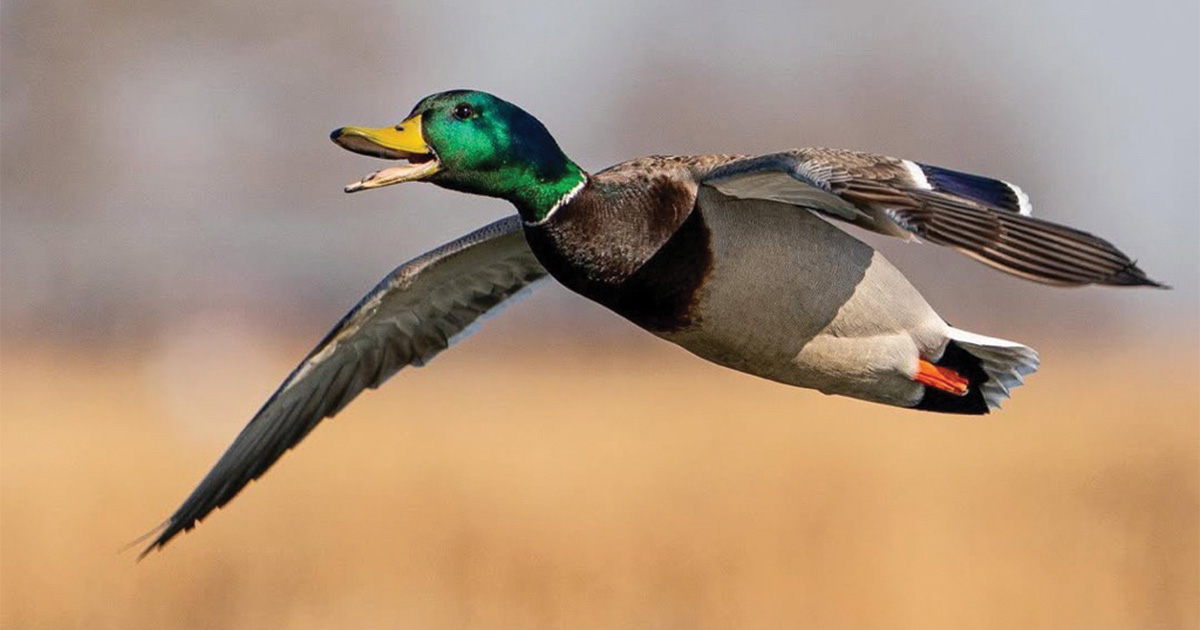Migration Alert: Ducks Flock to Flood Waters in South Dakota
Oct. 28, 2025 – Central Flyway – South Dakota
Oct. 28, 2025 – Central Flyway – South Dakota

In the weeks leading up to the opening day of South Dakota’s duck season, portions of the state received several inches of rainfall, which filled many small, shallow wetland basins with water. In some areas, these recharged wetlands spilled over into surrounding rows of wheat, soybeans, and corn, creating ideal conditions for mallards, pintails, green-winged teal, and other puddle ducks.
“I think what we’re discovering is that these areas that received heavier rains not only attracted our local ducks early in the season, but they are also serving as a focus for the migration as well,” explains Rocco Murano, chief waterfowl biologist with the South Dakota Game, Fish and Parks (SDGFP). “So, those traditional areas that tend to attract migrating ducks and geese are virtually void of birds. Instead, what new puddle ducks we have seen move into the state are showing up in those regions that have these shallow, flooded spots in crop fields.”
Eastern South Dakota has recently been on the receiving end of migrating ducks and geese, some moving in with last week’s full moon, while others arrived with the strong northwest winds that barreled across the region just days ago. The new arrivals include strong numbers of white-fronted geese and the first significant migration of redheads, ringnecks, and buffleheads. Swans and sandhill cranes are also beginning to arrive across the state’s northern tier of counties.
“We’re also seeing a decent calendar push of gadwalls, wigeon, and green-winged teal,” Murano adds. Overall, Murano says that reports from SDGFP staff indicate hunters are enjoying a strong start to the season, with many being able to take advantage of the new three-pintail limit. He notes that the department is also providing weekly migration updates on the SDGFP website to help keep hunters informed on what staff are seeing in key regions across the state.
In terms of mallard numbers and concentrations, again those areas containing sheet-water and flooded crops are holding and attracting stronger numbers. This trend could end in the weeks to come, however, especially as colder temperatures arrive.
“These little flooded spots are starting to dry up in places, and those that remain will be some of the first wetlands to freeze,” says Murano. “When that happens, the ducks may very well shift to some of the more traditional staging areas, including those larger wetland complexes and lakes that hold strong numbers of mallards late into the season. So, for now, hunters will need to scout to find concentrations of birds hitting flooded wetland basins in crop fields and then be prepared to switch gears when the conditions change.”
Stay up to date with the latest migration information.
Ducks Unlimited uses cookies to enhance your browsing experience, optimize site functionality, analyze traffic, and deliver personalized advertising through third parties. By continuing to use this site, you agree to our use of cookies. View Privacy Policy